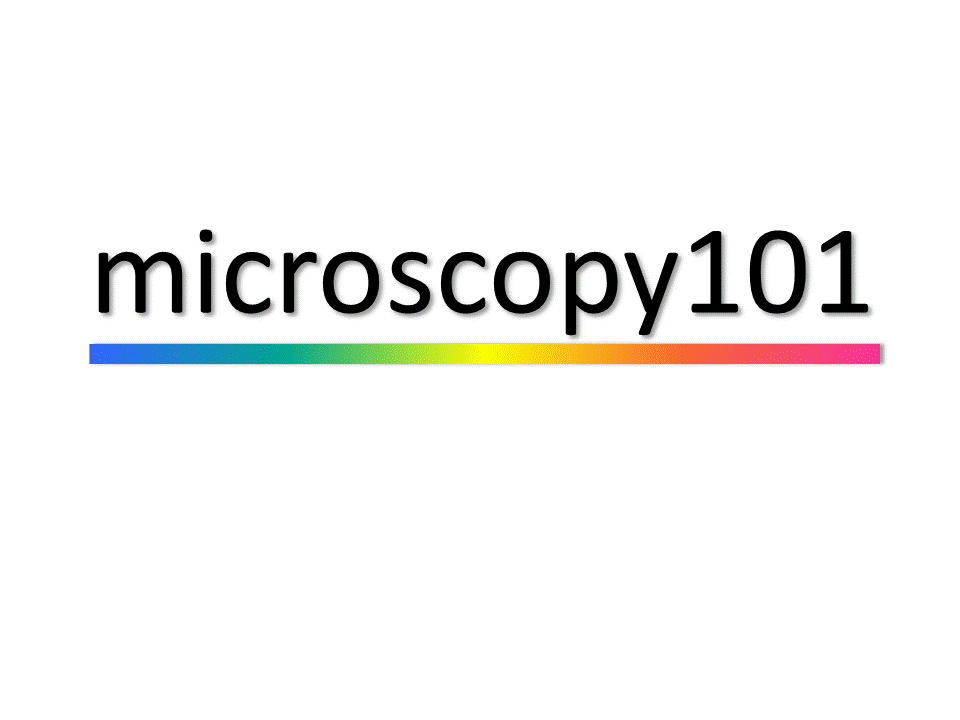 |  |  |  |  |  |
|---|---|---|---|---|---|
 |  |  |  |  |  |
Course MTCB101
Foundations of microscopy for life sciences
Objective: Understand the basic principles of a transmitted light microscope. Become familiar with its components and how to optimise them.
Topics:
-
What does a microscope do, principles and function.
-
Using a transmitted light microscope, learn how to set Köhler illumination for optimum resolution.
-
We will discuss the various types of objective lenses. Learn how to interpret the information inscribed on them and how to choose the optimum lens for your application. How does NA relate to resolution?
-
Learn how to attach a digital camera to the microscope use it to acquire an image and explain how to optimise its parameters.
-
You will learn how to clean and take care of your microscope.
Course MTCB102
Contrast Techniques for life sciences
Objective: Become familiar with phase contrast and differential interference contrast (DIC) techniques.
Topics:
-
Understand the principles behind bright field microscopy and when to use it. Learn what each of the components do and how to set them up correctly
-
Understand the principles behind dark field microscopy and when to use it.
-
Understand the principles behind phase contrast microscopy. Learn what each of the components do and how to set them up correctly.
-
Understand the principles behind DIC (Normaski) microscopy. Learn what each of the components do and how to set them up correctly.
Course MTCB103
Fluorescence Microscopy
Objective: Learn how to acquire bright digital images from fluorescence stained samples.
Topics:
-
Choosing an illumination device. Mercury vapour, metal halide, LED?
-
Understand the principles of fluorescence and how to interpret the excitation and emission spectra to select the optimum filter set.
-
We will use a fluorescence microscope to acquire and overlay ‘multi-channel’ images from several fluorochromes.
-
We will discuss how to choose the optimum objective lenses for fluorescence.
-
We will introduce various camera technologies and explain how to set their parameters to give bright images without bleaching the sample using digital gain, ‘binning’, high bit-depth and CCD cooling. We will also cover high performance EMCCD and sCMOS cameras.
Course MTCIA102
Extending Conventional Microscopy
Objective: Learn how to acquire images from large sample volumes.
Topics:
-
MIP, maximum intensity projection.
-
EDF, extended depth of field (manual and automated methods).
-
Tiling, acquire images from an extended area and stitch them together (manual and automated methods).
Course MTCIA104
Digital Imaging Workshop
Objectives: In depth understanding of image processing and analysis tools. Ability to use image analysis to create application solutions.
Topics:
-
Image normalisation.
-
Convolution filtering
-
Segmentation techniques
-
Morphological operators
-
Deagglomeration techniques
-
Transforms – Fourier, Hough
-
Making measurements.
-
Creating macros for automatic image analysis.






